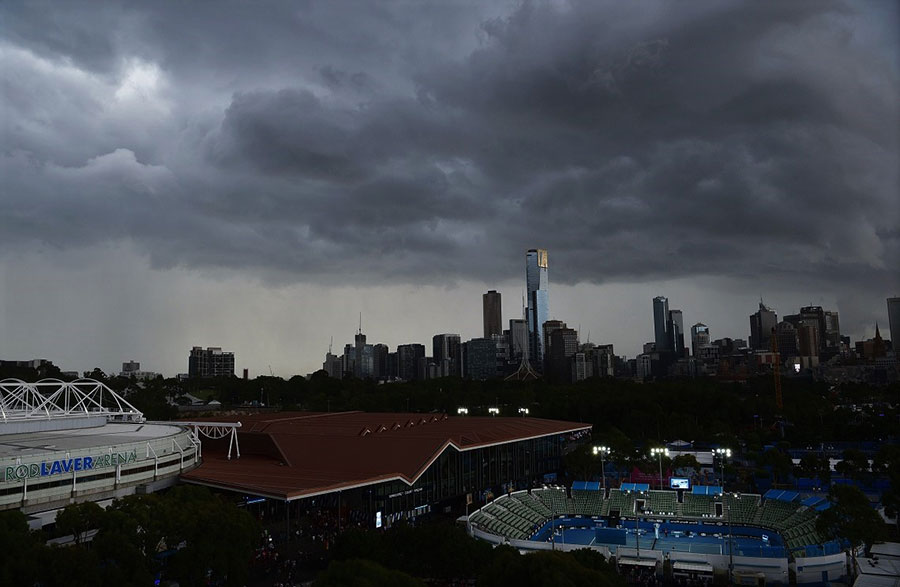Melbourne, Australia – Six people have died already and at least five more are at great risk after a rare illness called as thunderstorm asthma struck Australia’s second-largest city last Monday night.
It was a rare conjunction of weather and chance, exploding pollen mixed with strong wind. It is not so clear why the thunderstorm asthma happened and what we should do now to take of ourselves and our relatives in the future.

Six people have died
Six people have lost their lives over a rare storm that started last Monday in Melbourne. Five patients are still in the intensive care units and three of them are in a critical condition. Reportedly, there are at least 12 patients with a less serious respiratory condition.
The storm has apparently caused rain-sodden ryegrass pollen grains to explode and scatter all over the Australian city. The tiny pollen particle entered deep into lungs causing a severe asthma condition in several people. Due to the storms, patients inundated the emergency rooms and hospitals in a 4.5 million people city. At least 8500 people received treatment related to the thunderstorm asthma between Monday and Tuesday.
The Werribee Mercy Hospital reported 103 people in the emergency department between 5pm and midnight, all of them showing terrible respiratory issues.
A third of the patients reported never having an asthma attack until that moment in their lives. The six and last victim until now died on Saturday in a Melbourne hospital, according to the Health Department statement.
Steve Dang was just one among many affected by the Thunderstorm asthma. He said that it was the worst asthma episode he has had in nine years. He went to the Werribee Mercy, and he said that there were a lot of victims coughing and wheezing around him. He has to wait two hours to be assisted, while the staff ran around dispersing Ventolin puffers.
“It was really tight, like someone pressing on my lungs,” Mr. Dang recalled. “My limbs couldn’t move.”
Bureau of Meteorology: There is nothing unique about Monday’s storm.
This storm has caused alarms in Melbourne’s population and health authorities. However, it seems like there was nothing special with the storm. Actually, The Bureau of Meteorology’s Mick Logan said that the storm was pretty normal from a meteorological point of view. He also said that even though Thunderstorms occur all year they usually are more frequent between spring and summer when the pollen count is higher.
“Melbourne does get storms but there are other parts of Australia, particularly tropical, that experience more thunderstorms,” the meteorologist said.
It is not the first time an event like that occurs in Melbourne. The first time a Thunderstorm was recorded was in 1989 when it claimed the lives of 963 people. But the asthma-related death rate has dropped enormously ever since.
The last time it happened was in 2010. According to the National Asthma Council chair Dr. Jonathan Burdon, the thunderstorm asthma is well recognized in Australia, it is usually developed as a storm follows a dry spell, with rain causing the pollen grains to swell and rupture. He recommended people with respiratory problems to assist regularly to the doctor.
Source: The Australian
